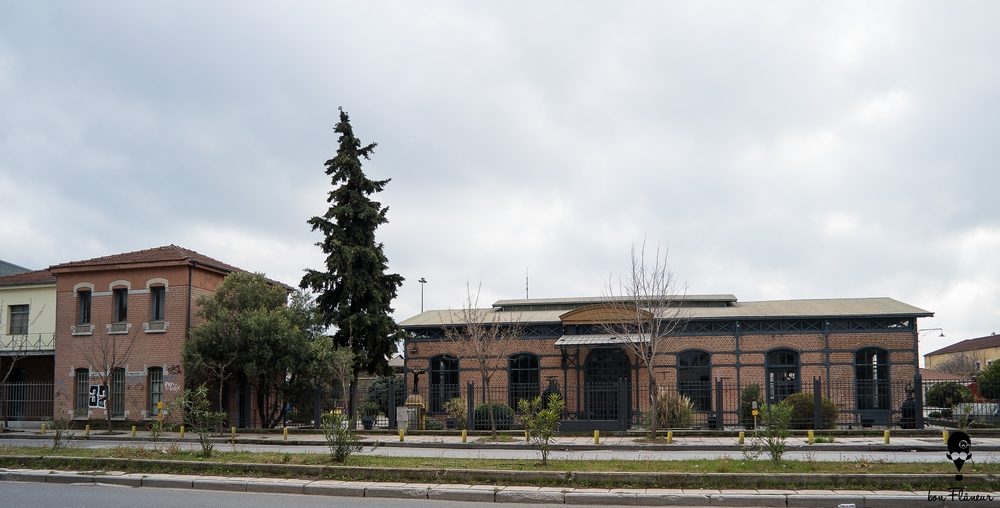Water Museum of Thessaloniki
Water Museum of Thessaloniki is an unusual but interesting museum.
Location
Timeline
Modern and Contemporary era (1912 - )
1978 It closed.
1984 The decision was made to turn it into a museum.
1987 It was declared a protected monument, as a sample of European industrial architecture.
1997 Restored by Olga Traganou- Deligianni.
2001 The museum was inaugurated.
Ottoman era (1453- 1912)
1890 Construction of the pumping station began. It was completed in about 4 years.




Share